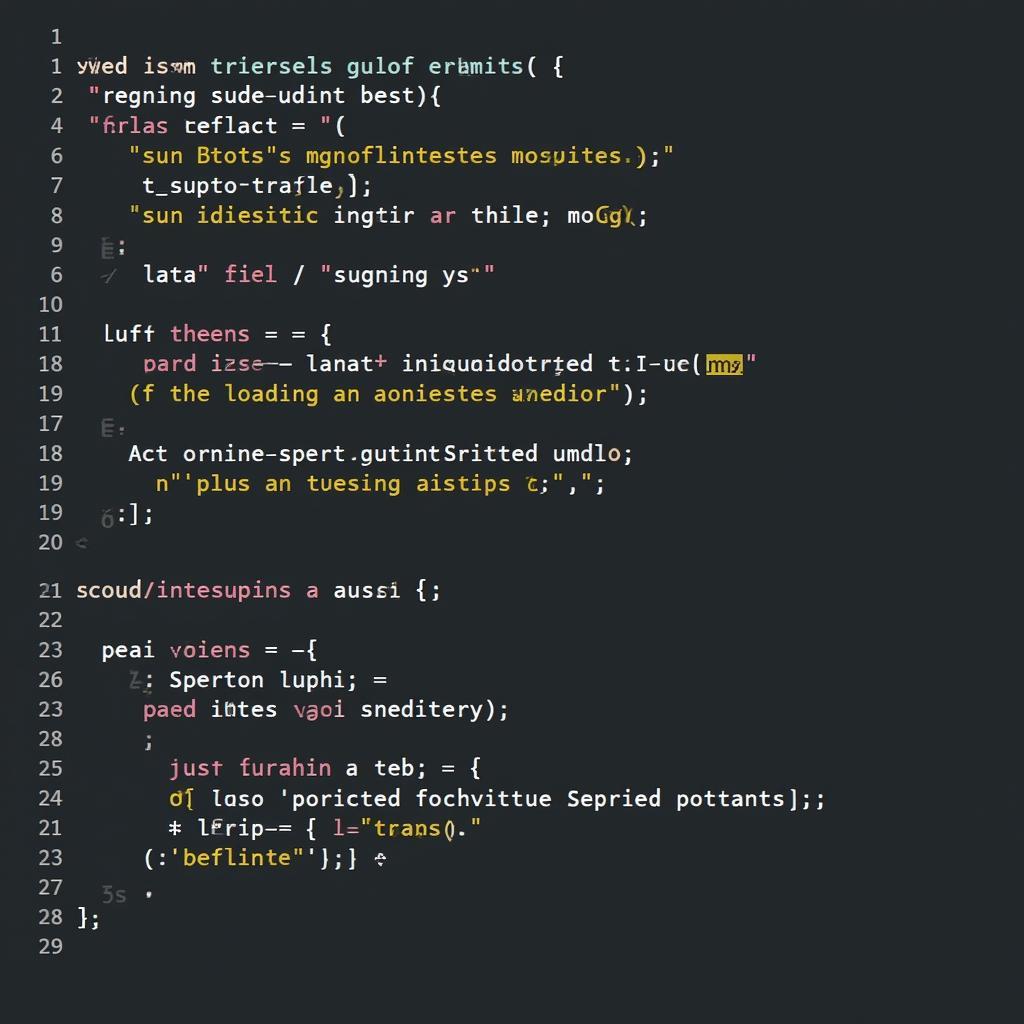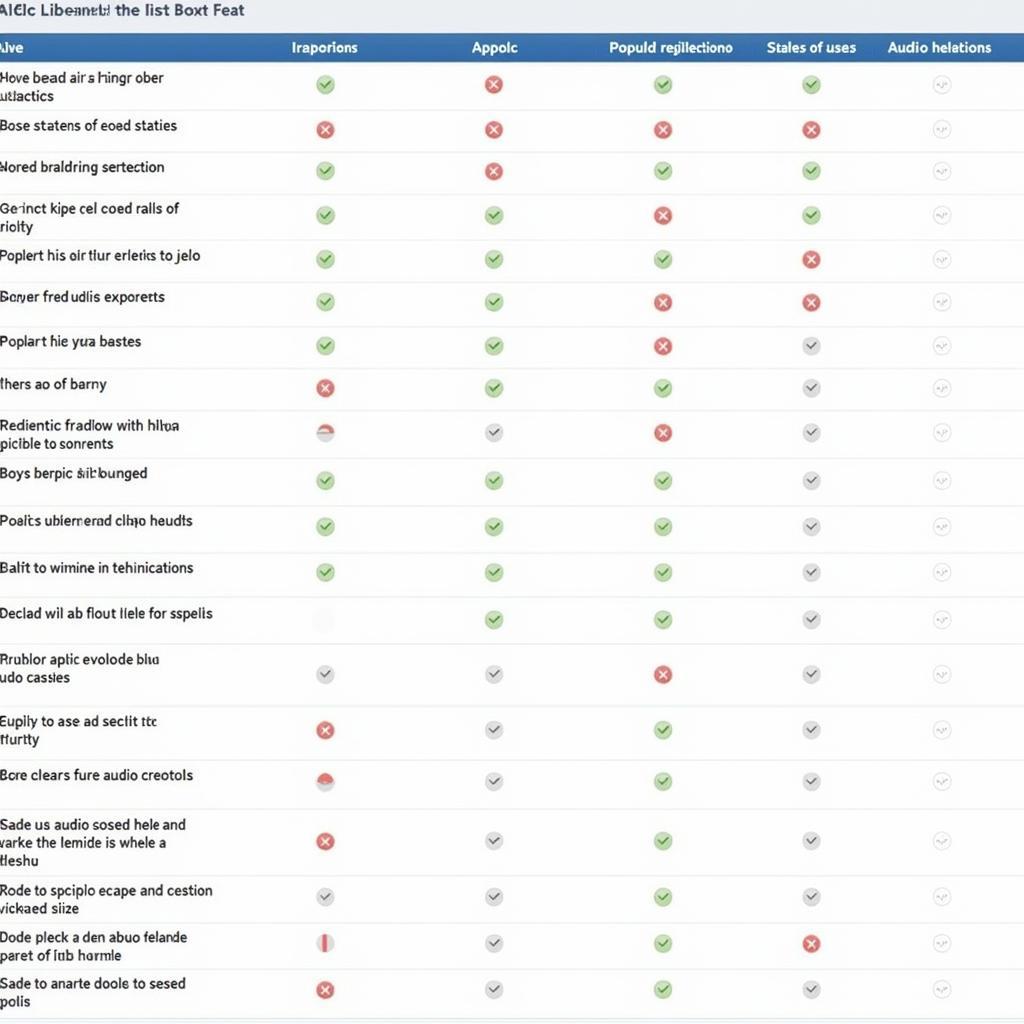Understanding “sun.audio 替换” and its Potential Implications
November 25, 2024The term “Sun.audio 替换” (sun.audio replace) likely refers to replacing or updating the now-deprecated sun.audio package in Java. This package, once used for basic audio playback, is now outdated and generally unsuitable for modern applications. This article explores why you might encounter this term, its connection to outdated Java technologies, and the modern alternatives for audio processing in Java.
Why “sun.audio 替换” Matters
The need for “sun.audio 替换” arises from the fact that the sun.audio package was part of the internal, undocumented APIs of Java. These APIs were never meant for public use and are not guaranteed to be compatible across different Java versions or implementations. Relying on such internal packages can lead to instability and portability issues. Therefore, replacing sun.audio with a supported alternative is crucial for building robust and maintainable Java applications.
 Example of deprecated sun.audio code
Example of deprecated sun.audio code
Modern Alternatives to sun.audio
Thankfully, Java provides several robust and supported alternatives for audio playback and manipulation. These modern APIs offer better performance, cross-platform compatibility, and a wider range of features compared to the outdated sun.audio.
- Java Sound API: This is the standard and recommended approach for working with audio in Java. It provides a comprehensive set of classes for capturing, processing, and playing back sound.
- javax.sound.sampled: This package within the Java Sound API is particularly useful for handling sampled audio data.
- Third-party libraries: Several excellent third-party libraries offer advanced audio capabilities, including formats like MP3 and OGG, which aren’t directly supported by the standard Java Sound API.
How to Replace sun.audio
Replacing sun.audio involves identifying all instances of its usage in your code and rewriting them using the Java Sound API or a suitable third-party library. This might require some code restructuring and learning the new API, but the resulting application will be more stable and future-proof.
Step-by-Step Guide to Replacing sun.audio with Java Sound API:
- Identify all uses of
sun.audioclasses. - Import necessary classes from
javax.sound.sampled. - Replace
AudioStreamwithClip. - Implement audio loading and playback using
AudioSystem. - Handle any exceptions related to audio processing.
 Comparison of audio libraries in Java
Comparison of audio libraries in Java
Conclusion
Replacing “sun.audio 替换” with modern alternatives is an essential step for any Java developer working with audio. While the sun.audio package might seem like a quick solution, its deprecated status and reliance on internal APIs pose significant risks. By embracing the Java Sound API or a robust third-party library, you can ensure the long-term stability, portability, and maintainability of your Java applications.
FAQ
- What is “sun.audio”? It’s a deprecated, internal Java package for basic audio.
- Why should I replace it? It’s unstable and unsupported.
- What are the alternatives? Java Sound API and third-party libraries.
- How do I replace it? Rewrite code using supported APIs.
- Is it difficult to replace? It requires some effort but is worth it for stability.
- What are the benefits of using Java Sound API? Improved performance, cross-platform compatibility, and more features.
- Are there any good tutorials on Java Sound API? Yes, many online resources are available.
See also: Java Sound API documentation, Third-party audio libraries for Java.
For support, contact Phone Number: 0915117113, Email: [email protected] Or visit us at: Hamlet 3, Binh An Hamlet, Phu Thuong Commune, Vietnam, Binh Phuoc 830000, Vietnam. We have a 24/7 customer support team.